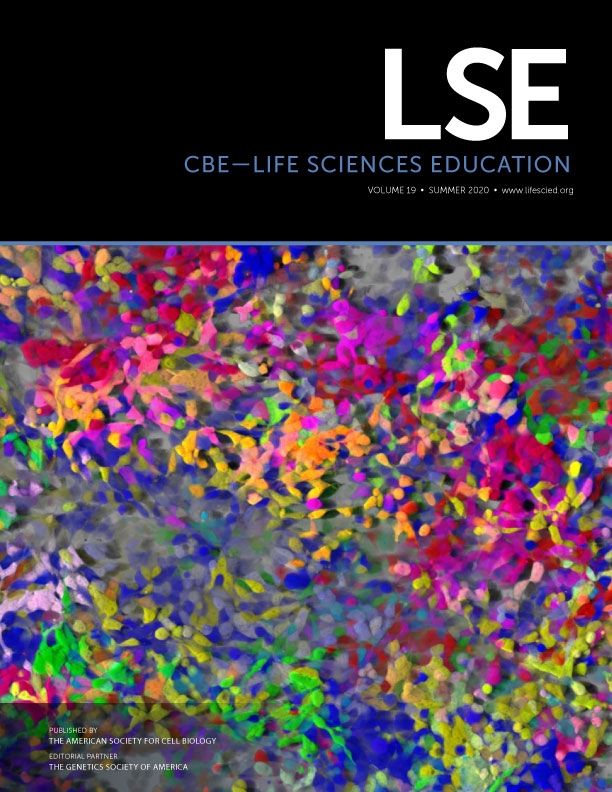Abstract
The study of genetics centers on how encoded information in DNA underlies similarities and differences between individuals and how traits are inherited. Genetics topics covered in a wide variety of undergraduate biology classrooms can relate to various identities held by students such as gender identity, disability, and race/ethnicity, among others. An instructor’s sensitive approaches and deliberate language choices regarding these topics has the potential to make the critical difference between welcoming or alienating students and can set a tone that communicates to all students the importance of diversity. Separating the sperm/egg binary from gendered terms in coverage of inheritance patterns, along with inclusion of transgender people in pedigree charts, may make the classroom more welcoming for students of diverse gender identities. Choosing nonstigmatizing language and acknowledging disability identities in discussions of genetic conditions may help students with visible and invisible disabilities feel validated. Counteracting genetics-based pseudoscientific racism and the stereotype threat to which it contributes may be facilitated by more thorough integration of quantitative and population genetics topics. Instructors may thus potentially enhance retention of students of diverse backgrounds in biology through careful consideration and crafting of how human differences are described and connected with principles of genetics.



